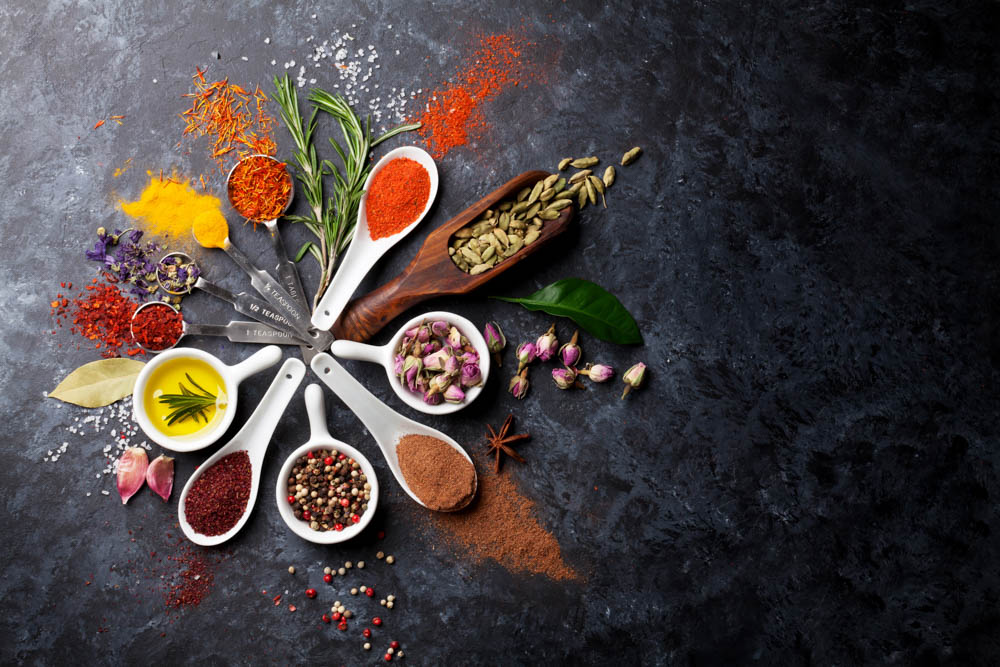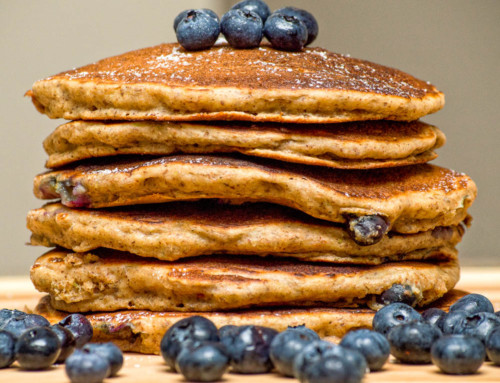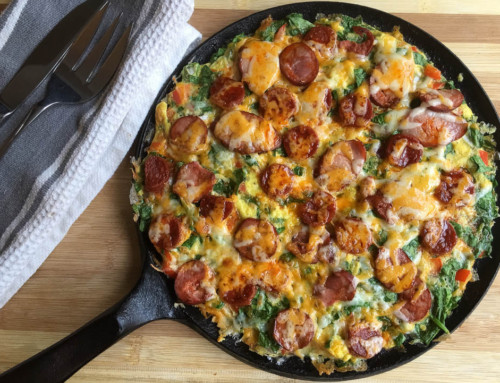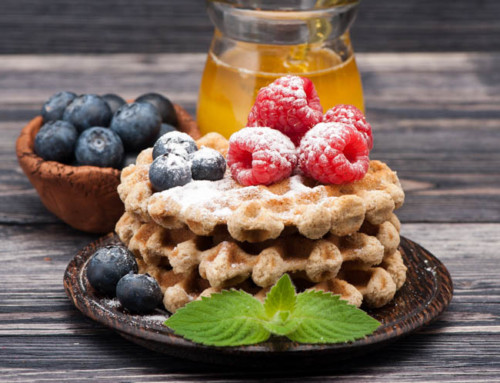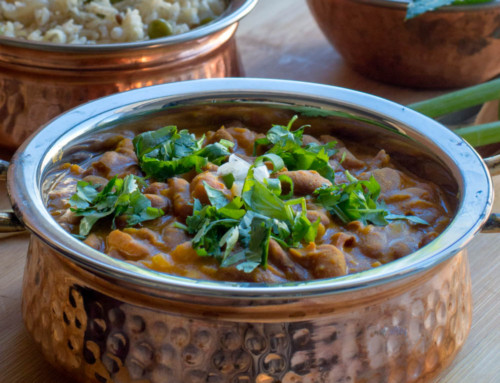Spices bring life and are the foundation of many cuisines—cumin in tacos, turmeric in curry, mustard on sausage are just a tip of the huge culinary pyramid. The term spice refer to the dried part of a plant that contain volatile oils or aromatic flavours such as, buds (cloves), bark (cinnamon), root (ginger), berries (black pepper),and seeds (cumin, coriander). (Siruguri et al. 2015)
Spices specifically have been used for centuries in various forms including flavouring agents, colorants, and preservatives. But, it’s the oldest tales that speak of spices as medicine that are drawing special attention to this precious commodity. Much of current research is focused on identifying the exact benefits and the mechanisms behind spices by scientific means.
Scientific attention is given to the phytochemical constituents which predominate spices—the polyphenols. Polyphenols are found in numerous plant derived foods including spices, which, especially in their dried forms, generally contain relatively high levels of polyphenols compared to other foods including fruits and vegetables.
Use of spices for medicinal purpose dates back to many millennium. However, most of their biological activities via modern science has been examined recently. The physiological effects of spices are a great interest when studied in amounts used in culinary practice due to their presumed safety and the potential antioxidant, nutritional and therapeutic effects.
Health benefits of Spices
- Only small amount needed daily—number of studies conclude, in terms of spices a little goes a long way as the amount of beneficial phytochemical are relatively high in the dry product.
- Cooking improves antioxidant capacity—cooking the spices, by way of microwaving, simmering, and stewing all increase the antioxidant capacity.
- Anti-Inflammatory properties—the phenolic and non-polyphenolic compounds of many spices assist in fighting pro-inflammatory enzymes—cinnamon, cloves and nutmeg are examples.
- Improve Gut Health—there is growing literature on the positive role of polyphenols and polyphenol-rich foods on gut health specifically with regards to the prevention and treatment of colorectal cancer.
- Decrease lipid oxidation when combined with meat—a spice mix containing a variety of spices and herbs (cloves, cinnamon, oregano, rosemary, ginger, black pepper, paprika, and garlic power) aded to hamburger meat is shown to decrease lipid oxidation and production of secondary products including aldehydes, acids, alcohols and ketones.
A Word of Caution
Not all spices are created equal. When it comes to maximizing on health properties of foods, you want to select premium product with minimal additives and fillers. Spices are quite expensive per weight and some cost a premium price(i.e. saffron, cardamom, cloves to name a few). So, it’s very tempting for businesses to cut down on a quality product by adding filler agents. This is particularly true for spice packets like taco seasoning or curry masalas—often few premium spices are added but majority of the product is salt or a cheaper spice remnants.
Whenever possible it is a wise decision to buy whole spices, and grind them in a small batch as needed. Whole, dry spices have a long self life but when ground the pungency starts to dwindle after a few months. To extend shelf-life of spices, keep in cool dry place, in an air sealed container when possible.
Easiest way to add more spice to your life
We at the S&S household start and end our day with spices. For me (Dupi), a cuppa Chai is a must to keep my daily rhythm on track.
Many of us are familiar with the word Chai, as it is found in nearly all coffee and teahouses today. In case you are not, Chai is a black tea based liquid steeped with a number of spices; splash of milk and sweetener completes this creamy and decadent beverage.
But, this exotic beverage, new to the West, has a history dating back thousands of years. Ancient “masala chai” is steeped in tales of royalty and herbal medicine. Tales speak of a king of ancient India who developed chai to remain alert during long court hours. He created a drink made of a variety of spices for its cleansing and vivifying affects. That recipe became a tradition that was passed on to common folks whom utilized the process of chai for medicinal purposes in Ayurvedic, alternative medicine; to cure various mild conditions.
An important note here is the focus of spices for medicinal purpose not the tea, milk or sweetener. The original chai was made without tea leaves. Tea was added to chai later, under the British rule over India and promotion to drink more tea. From personal experience as a habitual Chai drinker, the tea combined with spices and a splash of milk does so much, for not just the body but the mind and soul as well. A warm beverage, be it a chai or otherwise, for many creates a moment to pause and just be.
As amazing as Chai can be, today in the West, it is highly commercialized. Be cautious of the many Chai products available on the market today, as many of them use added flavouring and fragrance rather then whole spices. The focus of many modern day chai concentrates and blends is more for the fragrance and taste over health benefits. We personally have tried almost every popular latte and tea blend to no avail to the real thing of a delicious, full-bodied cuppa, with an aroma and flavour that only whole ground spices provides—taste that truly delights.
Chai Recipe to delight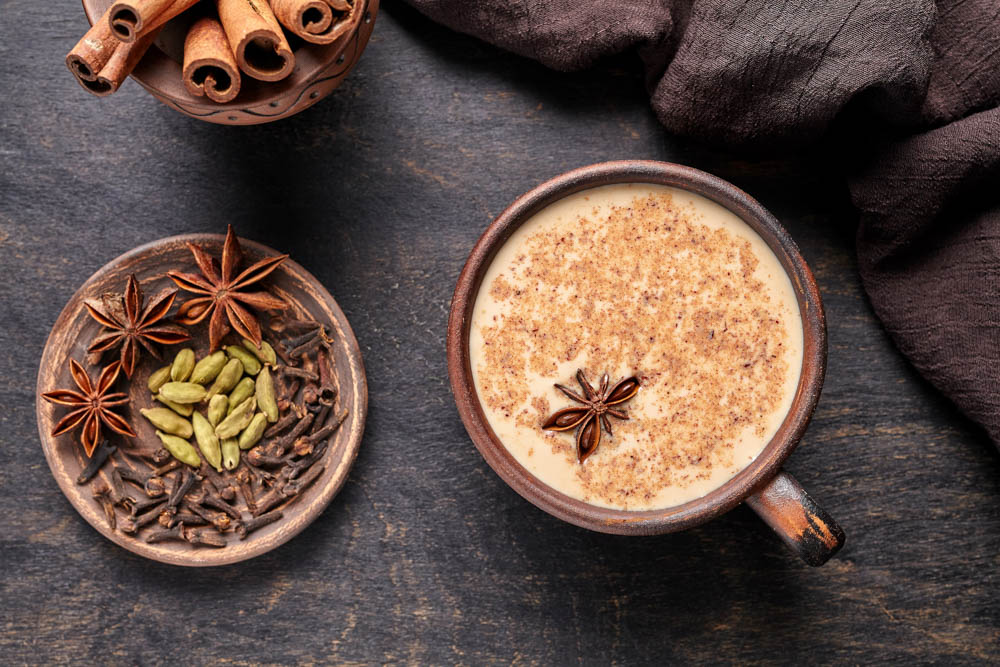
Chai doesn’t have to be complicated and left only to the local barista or tea experts to make. It’s an easy recipe made a few times a day by a billion people in India alone.
So, below is our Classic Punjabi-style Chai recipe to get you started!
Serving: 1 large 10-12 oz cup
1.5 cups cold water
1 tsp of strong black tea – tea bag or loose leaf
3 whole green cardamom pod
2 whole cloves
1/4 tsp fresh ginger grated
1/4 cup milk or alternative of choice, add more milk for a western-style latte.
Option: sweetener of choice—we recommend 1 tsp of cane sugar for a sweet cup.
———
Add cold water to pot on high heat. Add in the tea.
Grate in the fresh ginger.
Using a motor and pestle, bruise and grind the spices to release the essential oils and flavour. Add to the pot.
Cover and bring this mixture to a boil. Keep at boil for 2-3 minutes.
Add in the milk and bring to a final boil.
Turn off heat, strain liquid into a cup and discard the spices.
Sweeten to taste.
Enjoy warm.
Final Thoughts
With so many benefits of spices coming into light, many are rightfully starting to take note. Today, it’s easier then ever to have access to any spice and cuisine with just a walk to your local store or restaurant.
The easiest way to include spices into your diet is to add them to foods you already love and enjoy. Be sure to either create your own spice mixtures or buy from a trusted local business where health is their philosophy before all else.
If you are a Chai lover the above recipe is a great start to something good for you body.
Note: If you love Chai or looking for simple ways to add more healthy spices into your diet, then be sure to check out our sister blog dedicated to Health and Fitness benefits of Spices—Arise Chai.
References:
Opara et. al. Culinary Herbs and Spices: Their Bioactive Properties, the Contribution of Polyphenols and the Challenges in Deducing Their True Health Benefits. Review. Int. J. Mol. Sci. 15: 19183-19202. 2014.
Siruguri et. al. Assessing intake of spices by pattern of spice use, frequency of consumption and portion size of spices consumed from routinely prepared dishes in southern India. Nutritional Journal. 14 (7). 2015.
We hoped you enjoyed this article, if so, please share it on your favourite social media so, we can get on google’s radar. Fell free to leave us a comment and start a discussion on the topic.
If you are looking to build strong, lean and beautiful shoulders be sure to check out our training books:

